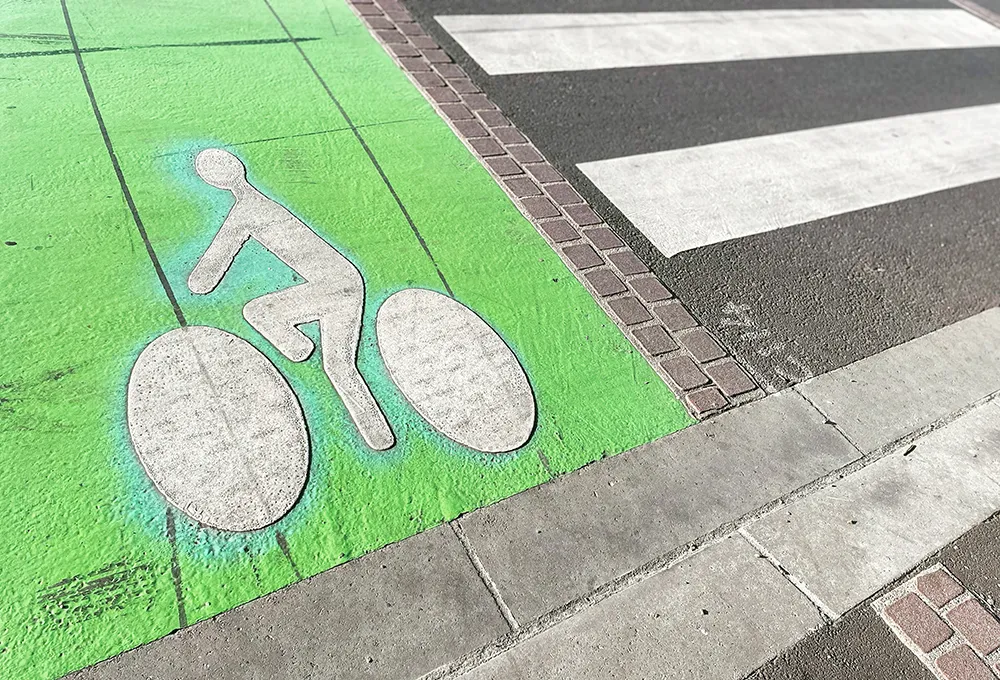Construction has started on the first phase of San Diego’s Downtown Mobility Plan to help improve safety for cyclists and scooter riders.
The 9.3 mile section will feature two-way cycle tracks on major arteries and help provide safer passage from Balboa Park to the San Diego Convention Center. It will be painted green and be separated from vehicular traffic by parked cars, flex posts or grade variations.
City mayor Kevin Faulconer says connecting popular destinations in downtown to surrounding neighbourhoods is an important step in encouraging people to get out of their cars more often and providing safe paths of travel for everyone.
Three corridors will be redesigned to include cycle tracks. These include Beech Street, from Pacific Highway to Sixth Avenue; Sixth Avenue, from Beech Street to Harbor Drive; and J Street, from 1st Avenue to Park Boulevard.
Looking ahead, the second and third phases of the Downtown Mobility Plan will be completed over the next three years. There will be several primary paths of travel throughout the downtown area, including Pacific Highway, State Street, Third Avenue, Fourth Avenue, Fifth Avenue, Park Boulevard, Hawthorn Street, Grape Street, B Street, C Street and Broadway west of Third Avenue.
Construction starts on first section of San Diego’s downtown cycle path
Construction has started on the first phase of San Diego’s Downtown Mobility Plan to help improve safety for cyclists and scooter riders.
The 9.3 mile section will feature two-way cycle tracks on major arteries and help provide safer passage from Balboa Park to the San Diego Convention Center. It will be painted green and be separated from vehicular traffic by parked cars, flex posts or grade variations.
City mayor Kevin Faulconer says connecting popular destinations in downtown to surrounding neighbour
January 7, 2019
Read time: 2 mins










